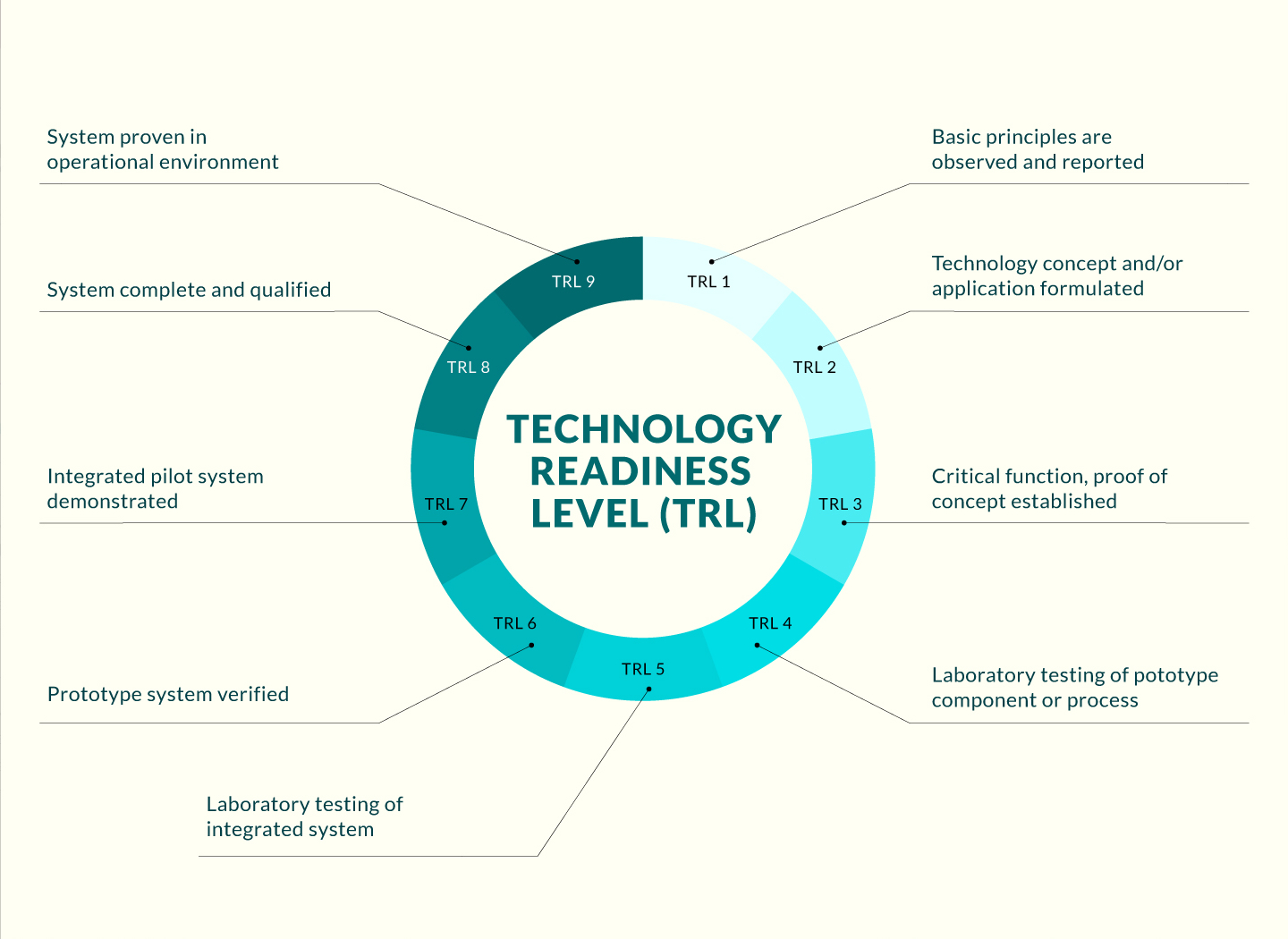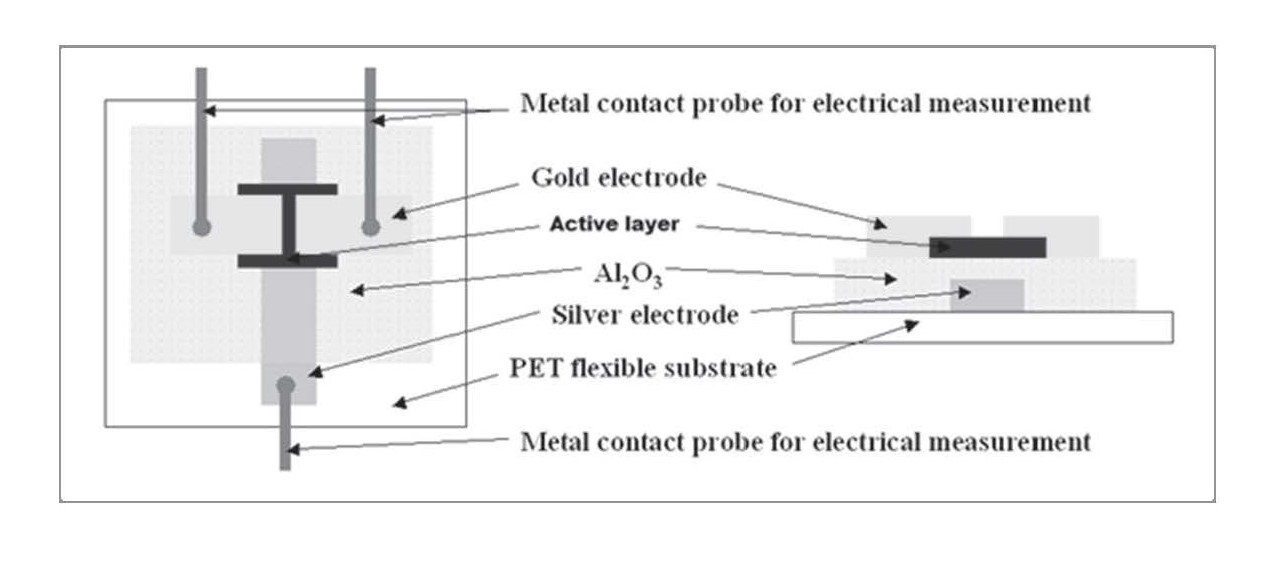
Opportunity
Semiconductors are used in liquid crystal displays, electronic paper, RFID tags, and other high-technology devices. Modern applications of semiconductor devices require semiconducting materials to be as efficient and inexpensive as possible. This has led to a growing demand for easily synthesized, bulk semiconducting films with more favorable molecular arrangements, film morphology, and molecular packing. Inorganic-based charge-transfer compounds are promising examples of such semiconducting materials. If the inorganic element is nickel, charge-transfer compounds consisting of a negatively charged square planar molecule with a nickel center, two neutral organic ligands, and a positive counter-cation can be formed. The ligands and counter-cations can be chosen to optimize the electronic properties of the material for applications in flexible transistors and inverters.
Technology
The applicant has developed a series of six nickel-based compounds that can be used in highly efficient semiconducting devices. At the center of each compound is a nickel atom bonded to two organic ligand molecules. The negative charge of the nickel–ligand complex is balanced by an organic counter-cation. The six compounds have different combinations of ligands and counter-cation. When dissolved and coated onto a substrate, the compounds form semiconducting thin-film materials with superior properties to those currently available. They have higher charge-carrier mobility than traditional nickel charge-transfer complexes, and they self-assemble in the active layer of semiconductors. They also have better electrical properties than traditional organic charge-transfer complexes. Their molecular packing is favorable for semiconductor devices such as thin-film transistors and inverters. One application of such devices is low-frequency RFID tags, which can be made by printing one of the compounds onto flexible substrates.
Advantages
- Newly developed nickel complexes have higher carrier mobility than traditional nickel complexes
- Better electrical properties than traditional organic charge-transfer complexes
- Easy to synthesize and can be used to fabricate inexpensive semiconductor devices
- Resulting devices can be used in electrical applications
Applications
- Field-effect transistors
- Inverters
- Low-frequency RFID tags
- Liquid crystal displays
- Electronic paper




